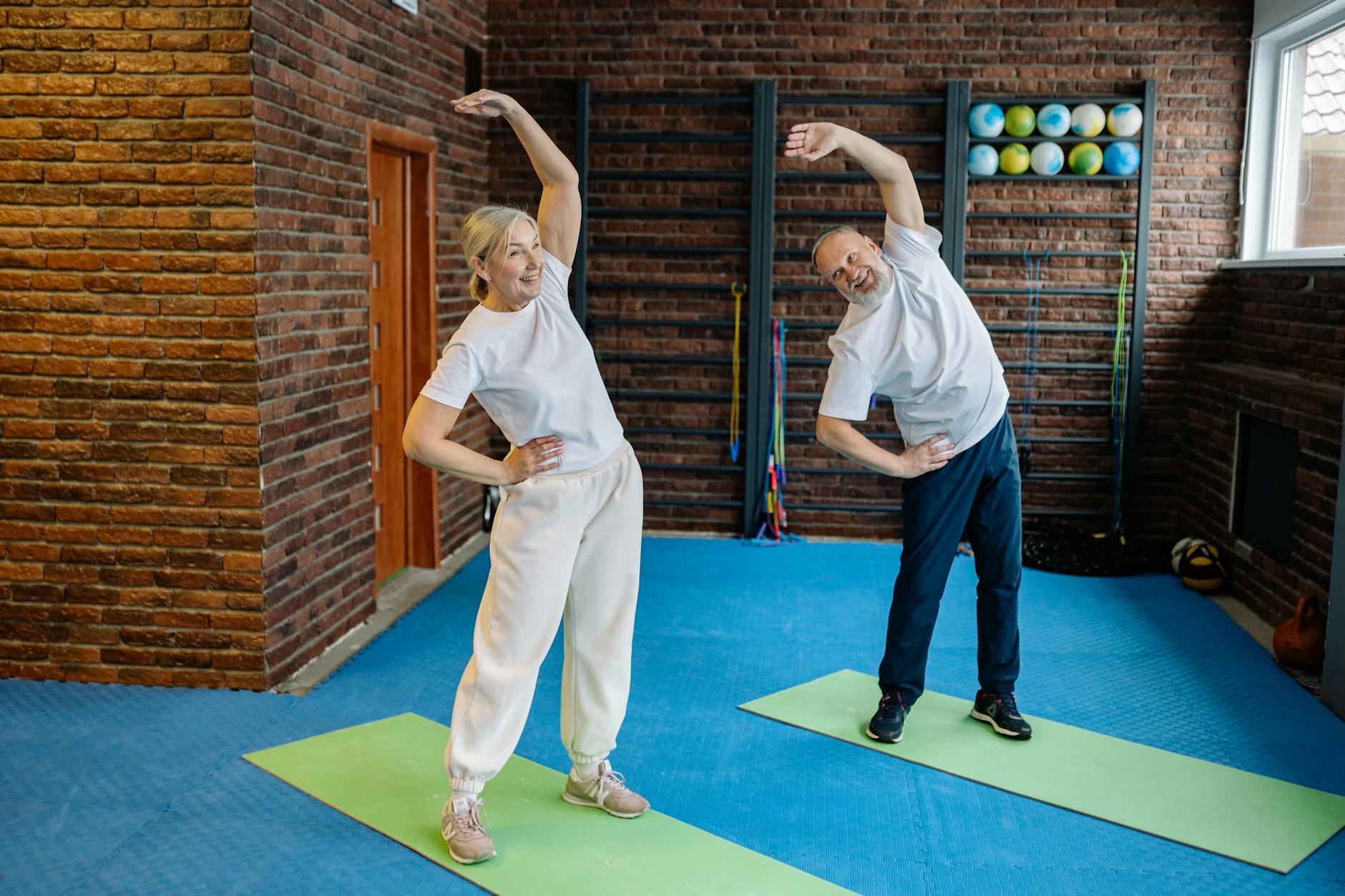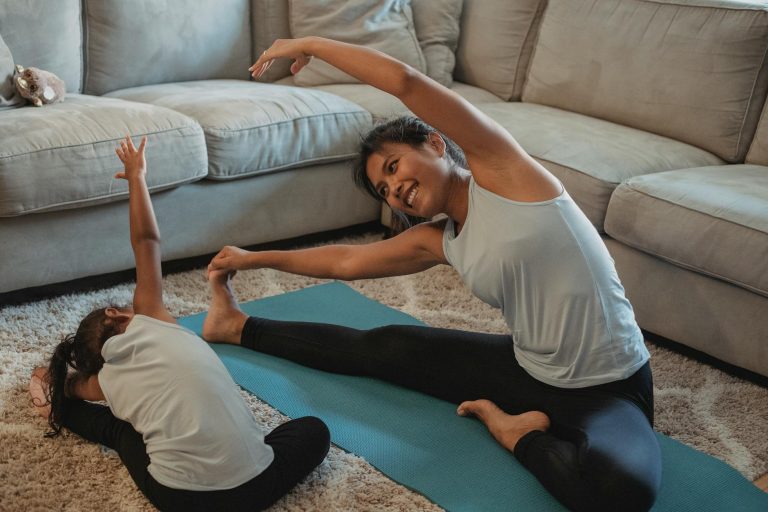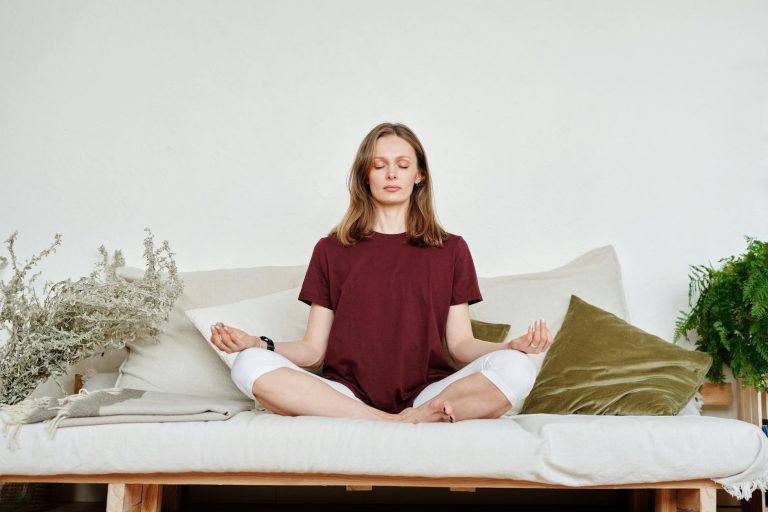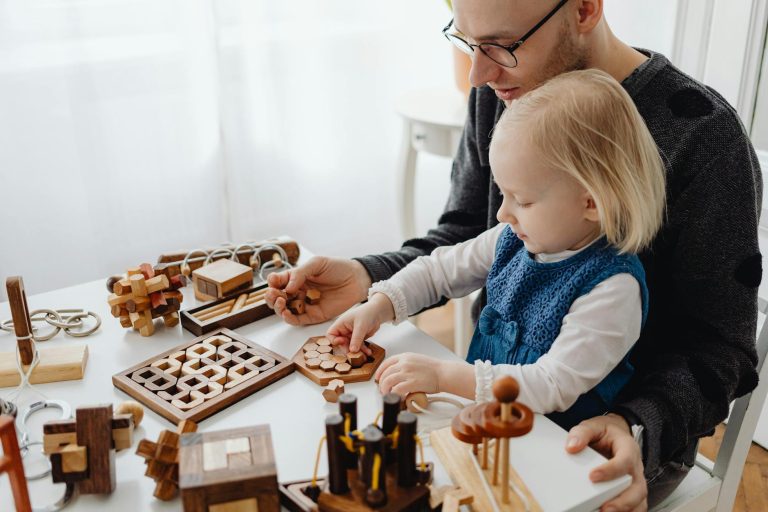Balance Exercises for Seniors: Prevent Falls with These 8 Moves
Are you worried about falling? You’re not alone. For seniors, falls are a major concern, often leading to serious injuries and a loss of independence. But here’s the good news: you can take control of your balance and reduce your risk of falling.
Imagine feeling confident as you walk, climb stairs, or even dance without fear of losing your footing. 💃🕺 With the right balance exercises, you can improve your stability, strengthen your muscles, and boost your overall mobility. In this blog post, we’ll explore 8 simple yet effective balance moves that can make a world of difference in your daily life.
Ready to take the first step towards better balance? Let’s dive into the importance of balance for seniors, how to prepare for these exercises, and the specific moves you can start practicing today. We’ll also show you how to incorporate balance training into your daily routine and progressively challenge yourself for even better results. 🏋️♀️ Stay tuned to discover how these 8 moves can help you stay steady on your feet and enjoy life to the fullest!
Understanding the Importance of Balance for Seniors
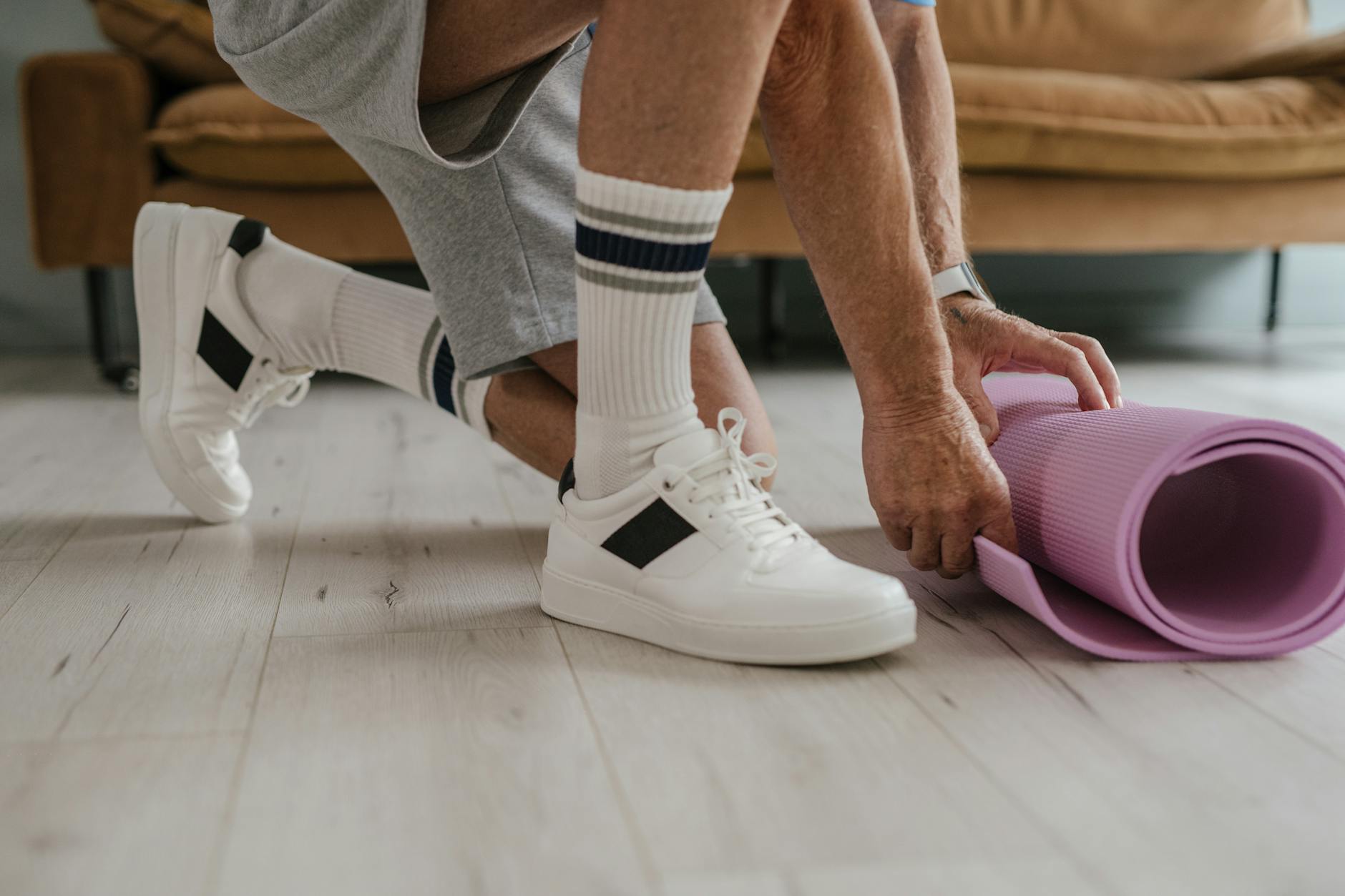
A. Reducing fall risks
As we age, our balance naturally declines, increasing the risk of falls. For seniors, falls can have severe consequences, including fractures, head injuries, and loss of independence. Implementing balance exercises can significantly reduce these risks by:
- Strengthening core muscles
- Improving proprioception (body awareness)
- Enhancing coordination
- Increasing stability during movement
| Fall Risk Factor | How Balance Exercises Help |
|---|---|
| Muscle weakness | Strengthens key muscle groups |
| Poor coordination | Improves neuromuscular communication |
| Reduced flexibility | Increases range of motion |
| Impaired reaction time | Enhances quick reflexes |
B. Maintaining independence
Balance exercises play a crucial role in helping seniors maintain their independence. By improving balance, older adults can:
- Confidently perform daily activities
- Navigate various terrains safely
- Reduce reliance on mobility aids
- Participate in social activities more freely
C. Improving overall health
Beyond fall prevention and independence, balance exercises contribute to overall health in several ways:
- Cardiovascular health: Many balance exercises engage the whole body, promoting heart health.
- Mental well-being: The focus required for balance exercises can improve cognitive function and reduce stress.
- Joint health: Low-impact balance exercises can improve joint flexibility without excessive strain.
- Posture improvement: Strengthening core muscles leads to better posture, reducing back pain and improving breathing.
Now that we understand the importance of balance for seniors, let’s explore how to prepare for these essential exercises.
Preparing for Balance Exercises
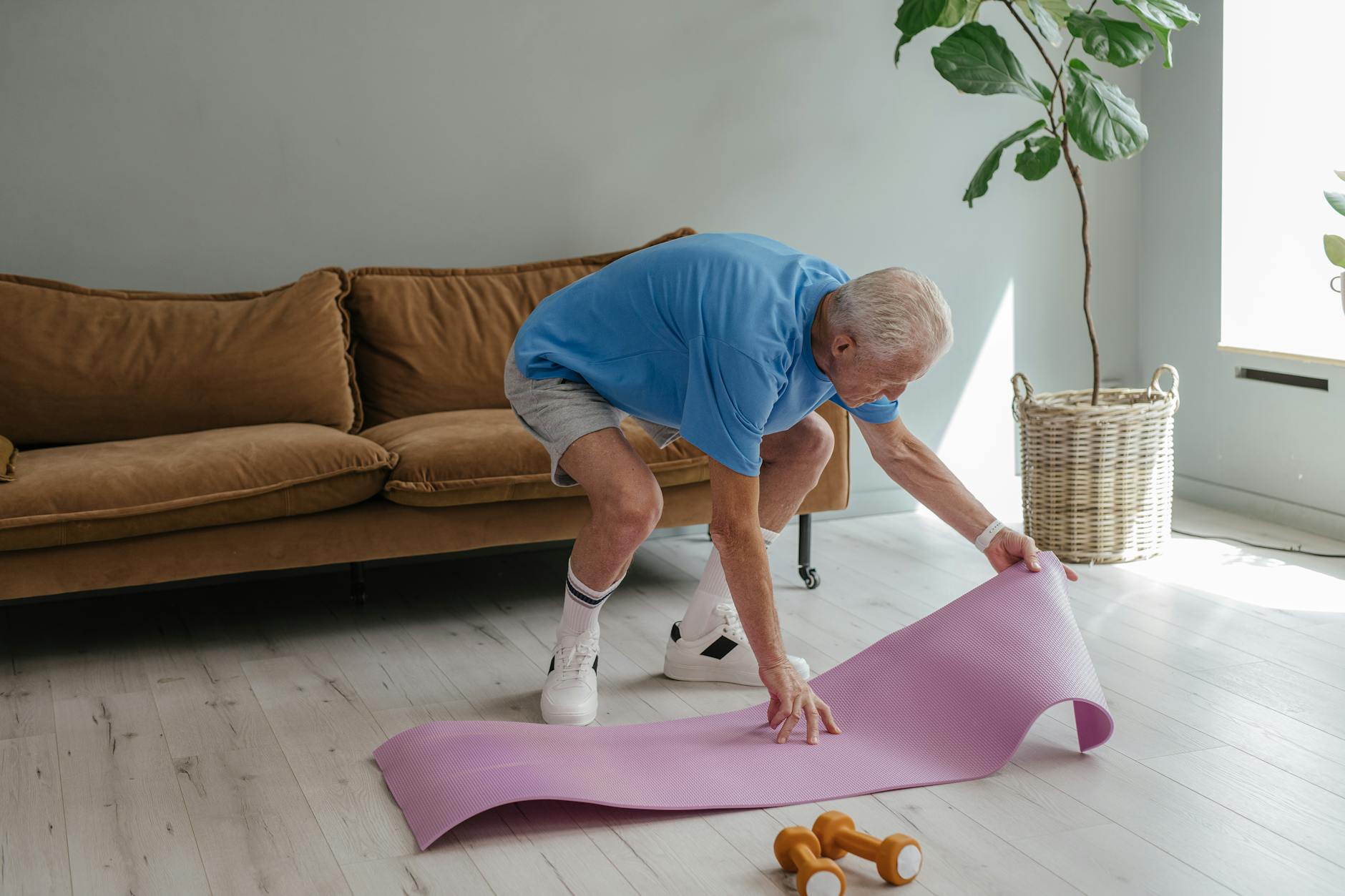
A. Consulting with a healthcare provider
Before starting any new exercise routine, it’s crucial for seniors to consult with their healthcare provider. This step ensures that the chosen balance exercises are safe and appropriate for their individual health conditions and fitness levels. Here’s why consulting a healthcare provider is essential:
- Safety assessment
- Personalized recommendations
- Medication considerations
- Existing health conditions evaluation
| Reason for Consultation | Benefits |
|---|---|
| Safety assessment | Identifies potential risks and limitations |
| Personalized recommendations | Tailors exercises to individual needs |
| Medication considerations | Avoids exercise-medication interactions |
| Health conditions evaluation | Adapts routine to manage existing conditions |
B. Creating a safe exercise environment
Once cleared by a healthcare provider, setting up a safe exercise space is the next crucial step. A well-prepared environment minimizes the risk of accidents and promotes confidence during balance exercises.
Key elements of a safe exercise environment:
- Clear floor space
- Sturdy support (e.g., chair or countertop)
- Non-slip surfaces
- Adequate lighting
- Comfortable room temperature
C. Choosing appropriate clothing and footwear
Proper attire plays a significant role in balance exercises. The right clothing and footwear can enhance comfort, stability, and overall exercise effectiveness.
Clothing recommendations:
- Loose, breathable fabrics
- Comfortable fit allowing full range of motion
- Layers for temperature regulation
Footwear guidelines:
- Well-fitting shoes with non-slip soles
- Adequate arch support
- Heel cup for stability
- Breathable material
With these preparations in place, seniors can confidently begin their balance exercise routine, knowing they’ve taken the necessary precautions for a safe and effective workout. Next, we’ll explore specific balance exercises that utilize props to enhance stability and challenge your balance skills.
Balance Exercises Using Props

Ball tosses
Ball tosses are an excellent way to improve balance and hand-eye coordination for seniors. This exercise engages multiple muscle groups and challenges your equilibrium. Here’s how to perform ball tosses effectively:
- Start with a lightweight ball (e.g., tennis ball or soft therapy ball)
- Stand with feet shoulder-width apart
- Toss the ball gently upward with one hand
- Catch it with the same hand
- Repeat with the other hand
- Progress to alternating hands
As you become more comfortable, try these variations:
- Toss the ball under one leg
- Toss behind your back
- Perform while standing on one foot
| Difficulty Level | Ball Type | Toss Height | Repetitions |
|---|---|---|---|
| Beginner | Soft ball | 1-2 feet | 10 per hand |
| Intermediate | Tennis ball | 2-3 feet | 15 per hand |
| Advanced | Small weighted ball | 3-4 feet | 20 per hand |
Foam pad standing
Standing on an unstable surface like a foam pad challenges your proprioception and strengthens the muscles responsible for balance. Follow these steps:
- Place a foam pad on a non-slip surface
- Stand on the pad with feet hip-width apart
- Maintain an upright posture with arms at your sides
- Hold the position for 30 seconds, gradually increasing duration
Resistance band pulls
Resistance band exercises improve strength and stability, crucial components of good balance. Here’s a simple resistance band pull exercise:
- Secure a resistance band to a sturdy object at waist height
- Stand sideways to the band, feet hip-width apart
- Grasp the band with the hand farthest from the anchor point
- Pull the band across your body while maintaining balance
- Slowly return to the starting position
- Perform 10-15 repetitions, then switch sides
Remember to start with light resistance and increase as you build strength and confidence.
Incorporating Balance Training into Daily Life
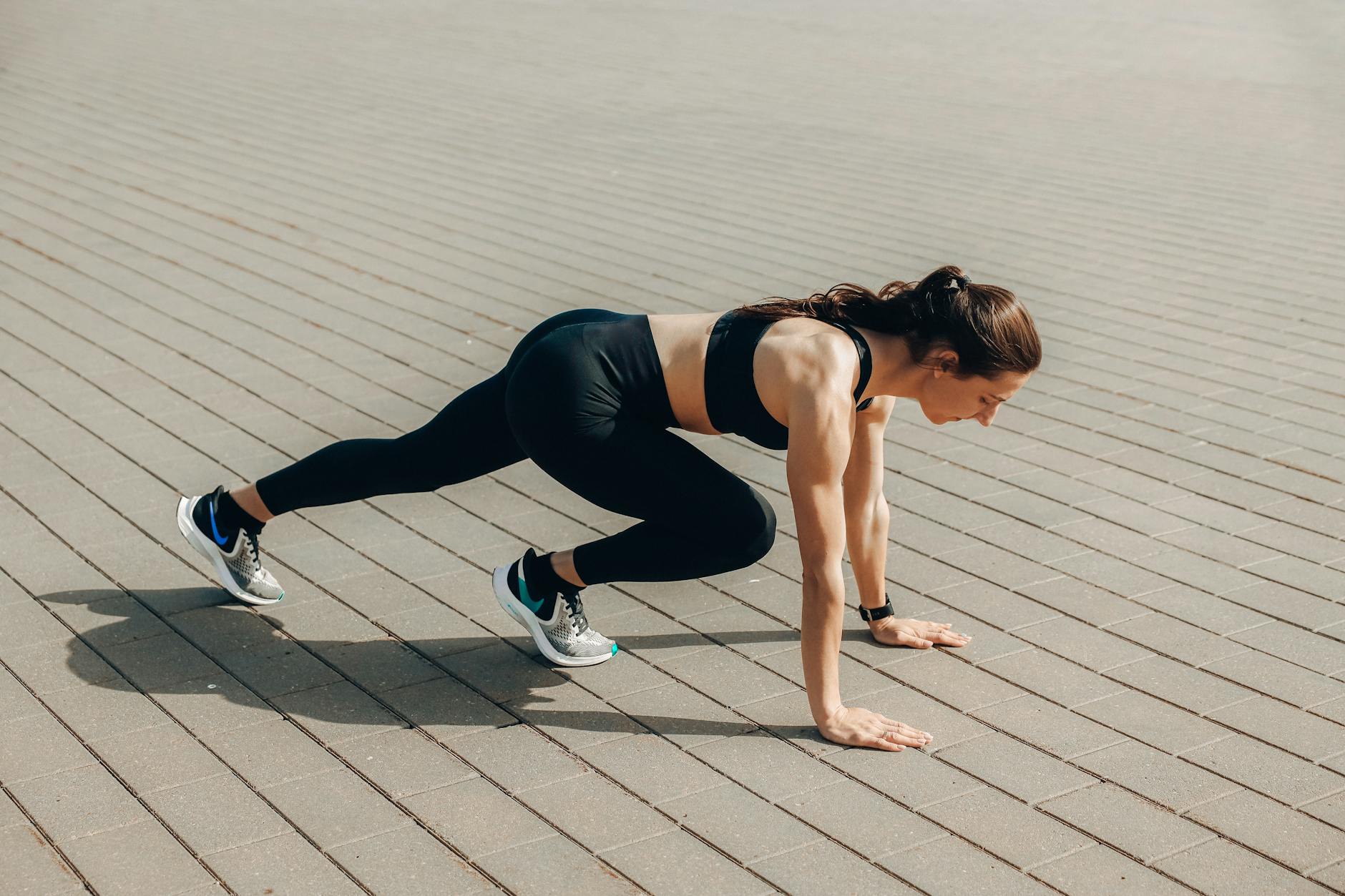
Brushing teeth on one foot
Turn your daily dental hygiene routine into a balance-boosting exercise! Stand on one foot while brushing your teeth for 30 seconds, then switch to the other foot. This simple modification challenges your balance and strengthens your core. To make it easier, start by holding onto the sink with one hand, gradually reducing support as you improve.
Practicing balance while waiting in line
Make the most of idle time by incorporating balance exercises while waiting in line. Try these subtle moves:
- Heel-to-toe stand: Place one foot directly in front of the other, heel touching toe
- Single-leg stance: Lift one foot slightly off the ground, holding for 10-15 seconds
- Ankle rotations: Lift one foot and make small circles with your toes
| Exercise | Duration | Difficulty |
|---|---|---|
| Heel-to-toe | 30 seconds | Easy |
| Single-leg stance | 10-15 seconds | Moderate |
| Ankle rotations | 5-10 rotations | Easy |
Walking on different surfaces
Enhance your balance by walking on various textures and terrains. This practice improves proprioception – your body’s ability to sense its position in space. Try these surfaces:
- Grass
- Sand
- Gravel paths
- Carpeted areas
- Foam mats
Start with even surfaces and gradually progress to more challenging terrains. Always ensure safety by having support nearby or using walking aids if necessary. By incorporating these exercises into your daily routine, you’ll consistently improve your balance and reduce the risk of falls.
Progressing Your Balance Routine
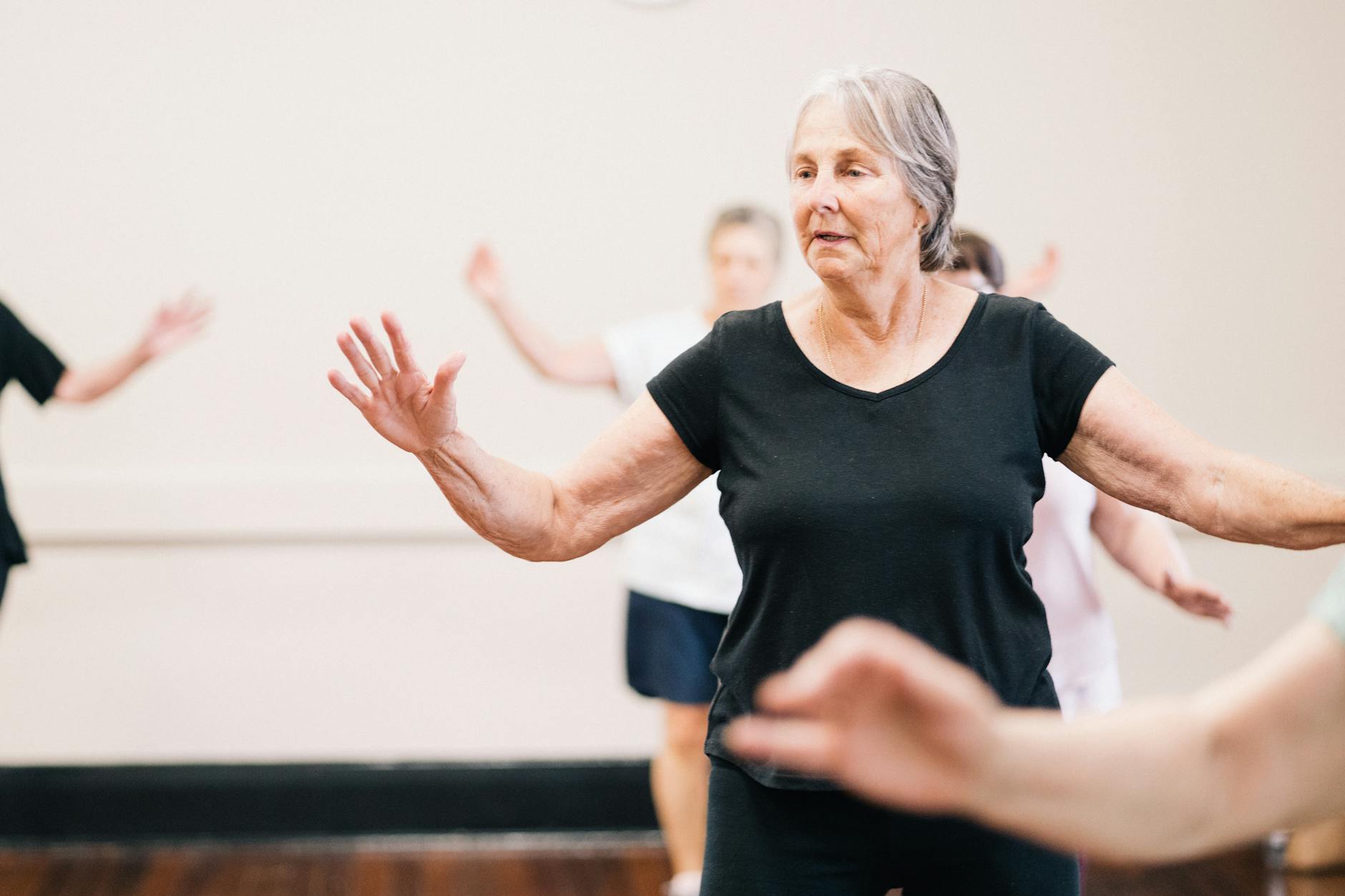
Increasing exercise duration
To enhance your balance routine, gradually increase the duration of your exercises. Start by adding 30 seconds to each exercise, then work your way up to longer periods. Here’s a simple progression plan:
| Week | Exercise Duration |
|---|---|
| 1-2 | 30 seconds |
| 3-4 | 45 seconds |
| 5-6 | 60 seconds |
| 7-8 | 90 seconds |
Remember to listen to your body and progress at a comfortable pace.
Adding challenges to existing exercises
Introduce new challenges to familiar exercises to keep improving your balance:
- Close your eyes during stationary exercises
- Stand on an unstable surface like a foam pad
- Add arm movements to standing exercises
- Perform exercises while holding light weights
Trying new balance exercises
Expand your routine with these advanced balance exercises:
- Single-leg stance with arm circles
- Tandem walk with head turns
- Step-ups with knee lifts
- Bosu ball squats
Monitoring improvements
Keep track of your progress to stay motivated:
- Use a balance assessment tool weekly
- Time how long you can hold challenging poses
- Count the number of repetitions you can perform
- Note any improvements in daily activities, such as walking or climbing stairs
As your balance improves, you’ll find everyday tasks becoming easier and your confidence growing. Continue to challenge yourself and celebrate your achievements along the way.
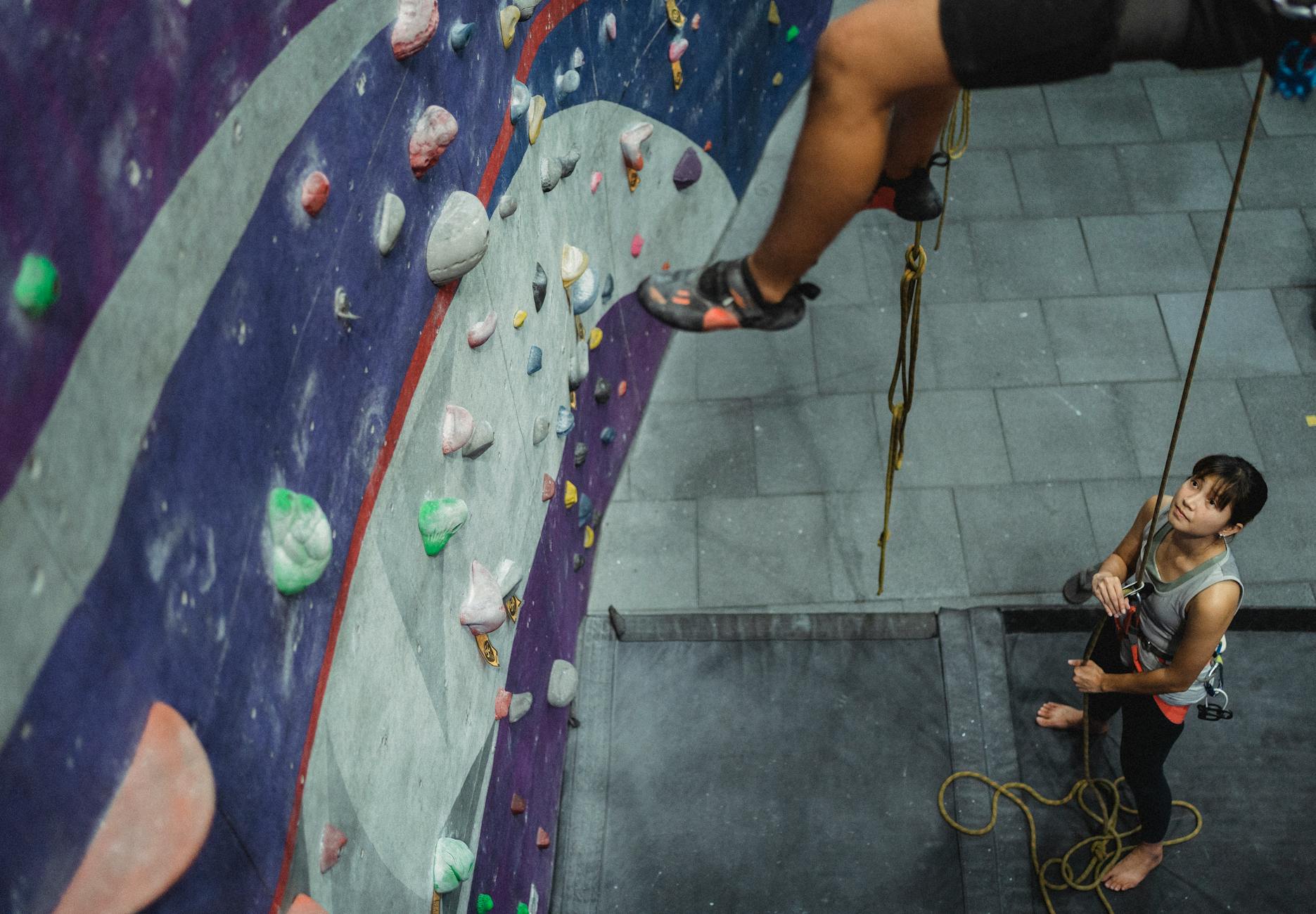
Maintaining good balance is crucial for seniors to prevent falls and maintain independence. By incorporating the eight balance exercises discussed in this post into your daily routine, you can significantly improve your stability and confidence in movement. Remember to start slowly, use props when needed, and gradually progress as your balance improves.
Make balance training a priority in your life by finding opportunities to practice throughout the day. Whether it’s standing on one foot while brushing your teeth or practicing heel-to-toe walking while waiting in line, every little bit helps. Consistency is key, so aim to perform these exercises regularly and consult with your healthcare provider to ensure they’re suitable for your individual needs. By taking proactive steps to enhance your balance, you’re investing in a safer, more active future.

